In today’s digital age, cars have become increasingly connected, offering drivers unparalleled convenience and features. However, this connectivity also opens up vulnerabilities to cyber-attacks. Understanding which car brands are most susceptible to hacking and how to safeguard your vehicle against such threats is essential for all car owners.
The Rise of Automotive Hacking
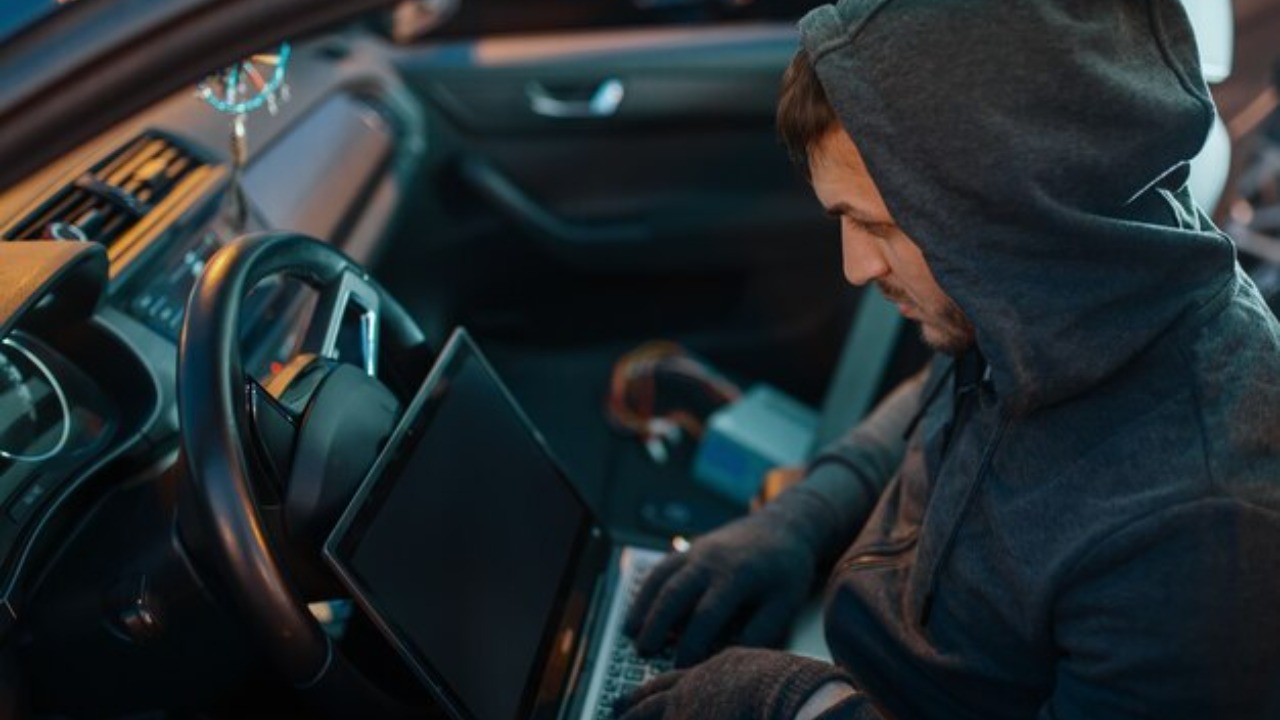
The evolution of automotive technology has brought about smart systems and connectivity, transforming vehicles into sophisticated machines that are now part of the Internet of Things (IoT). Features like remote keyless entry, infotainment systems, and advanced driver-assistance systems have made cars more susceptible to cyber threats. According to a report by Infosys BPM, the number of hacking incidents targeting vehicles has increased significantly in recent years.
Recent case studies reveal the alarming impact of car hacking incidents. In some cases, hackers have managed to take control of critical vehicle functions, posing safety risks to drivers and passengers. The primary motivation for car hackers often includes theft, data extraction, and demonstrating vulnerabilities in automotive systems. The consequences of a successful hack can range from financial loss to compromised personal safety.
Most Hacked Car Brands
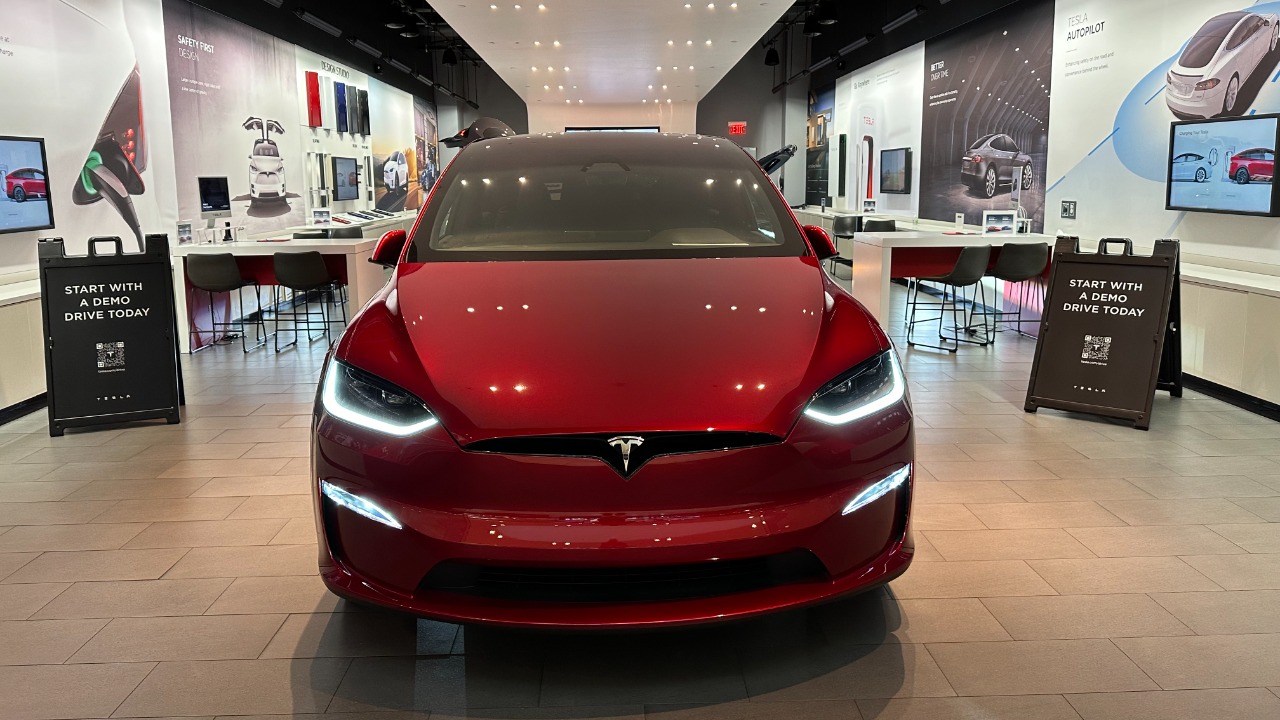
Some car brands are more vulnerable to hacking than others due to differences in their security measures. Brands such as Jeep, Tesla, and Nissan have been frequently cited in hacking incidents. For instance, a well-documented case involved Jeep, where hackers demonstrated the ability to remotely control the vehicle’s steering and brakes, leading to a recall of 1.4 million vehicles.
The vulnerabilities in these brands often stem from outdated software, lack of encryption, and unsecured network access points. In the case of Tesla, despite its advanced technology, researchers have found ways to infiltrate its systems due to the brand’s emphasis on over-the-air updates, which can be a double-edged sword if not properly secured.
Common Hacking Techniques
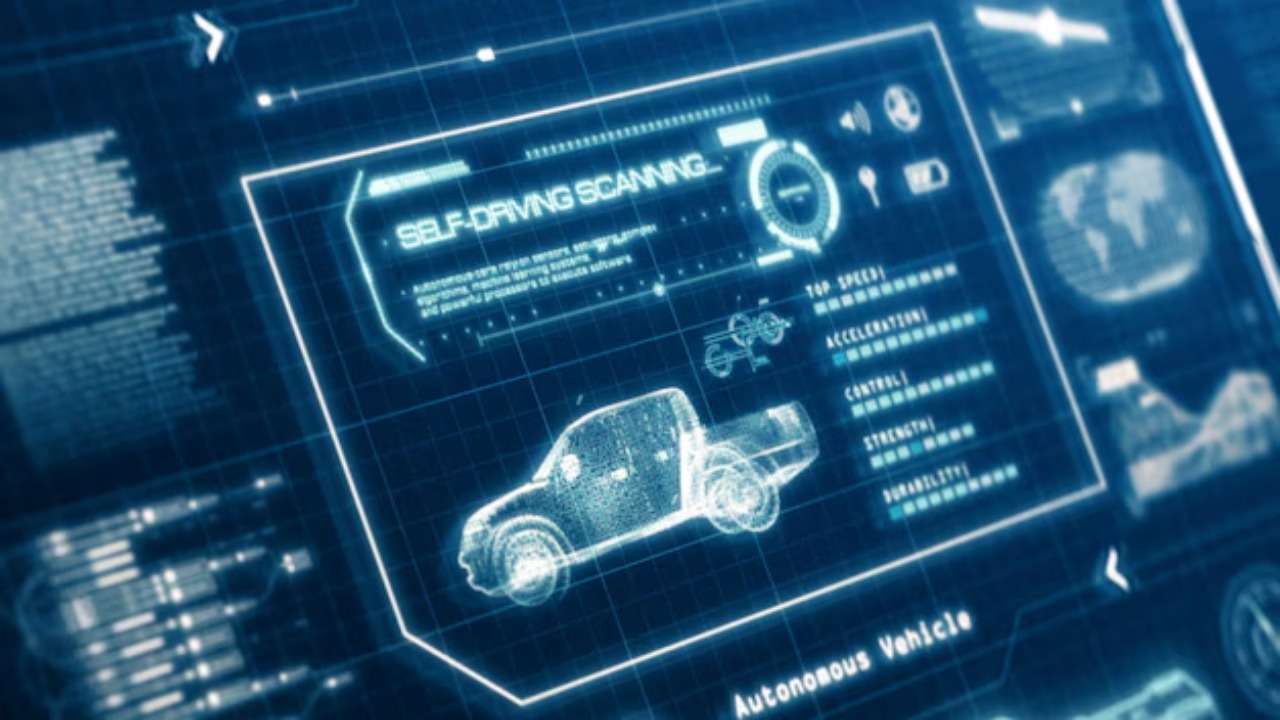
Hackers employ various methods to compromise vehicle security. One prevalent technique is exploiting vulnerabilities in remote keyless entry systems, which allow hackers to intercept the signal and gain unauthorized access to the vehicle. Another common method involves infiltrating the infotainment system, which often serves as a gateway to other critical systems within the car.
Additionally, on-board diagnostics systems can be vulnerable to hacking, allowing attackers to access a vehicle’s control systems. This can lead to unauthorized manipulation of vehicle functions, such as engine performance or braking systems, posing significant safety risks.
Protecting Your Vehicle from Hackers
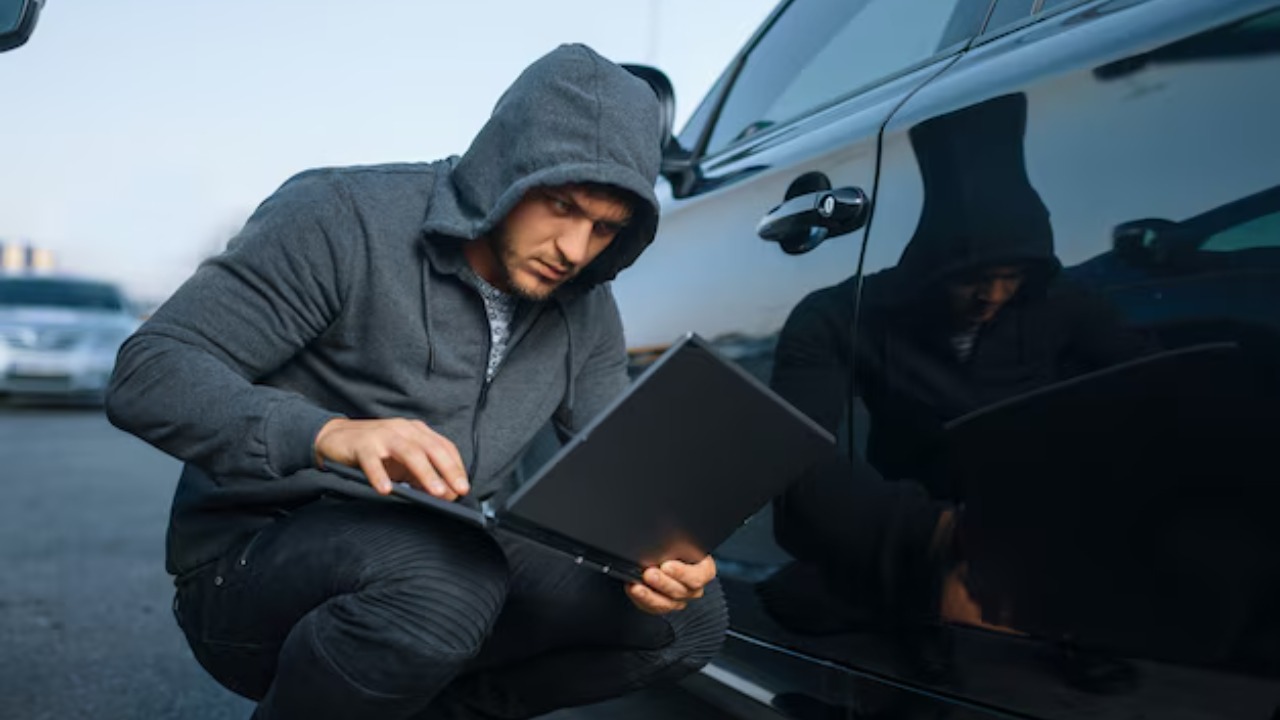
Enhancing your car’s cybersecurity is crucial in protecting it from potential hackers. Regularly updating your vehicle’s software is one of the simplest yet most effective measures. It’s important to use secure passwords and avoid default settings that can be easily exploited. When purchasing aftermarket accessories or software, ensure they come from trusted and reputable sources to avoid introducing vulnerabilities.
Engaging professional services to conduct security audits on your vehicle can also be beneficial. These services can help identify and mitigate potential security risks, providing peace of mind for car owners. Educating yourself about common hacking techniques and staying informed about the latest cybersecurity practices is also advisable.
Future of Car Cybersecurity
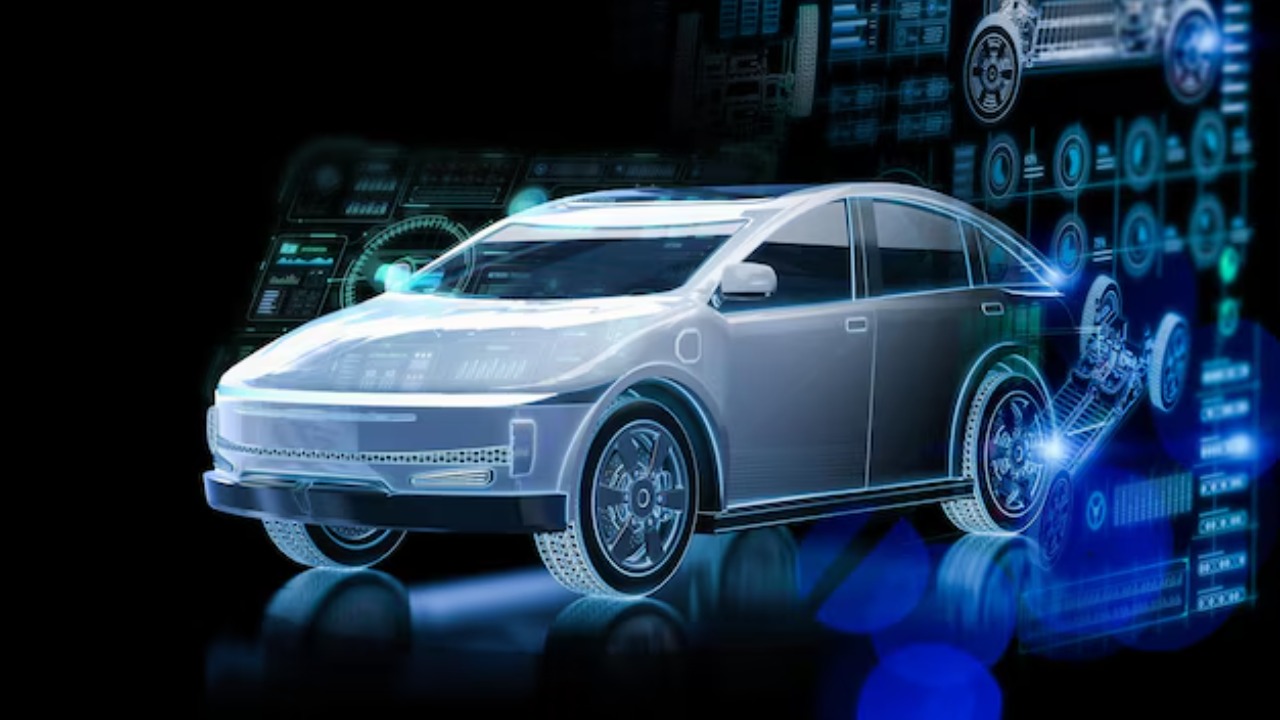
Emerging technologies are being developed to enhance vehicle security. From advanced encryption methods to AI-driven security systems, the automotive industry is continuously innovating to stay ahead of cyber threats. The role of legislation and industry standards is also crucial in shaping the future of automotive cybersecurity, ensuring that manufacturers adhere to strict security protocols.
Car manufacturers are increasingly aware of the threat posed by hackers and are investing heavily in cybersecurity measures. Consumers can expect more robust security features in future vehicle models, designed to protect against both current and emerging threats. Staying informed about these advancements and understanding how to implement protective measures will be key in safeguarding vehicles in the digital age.